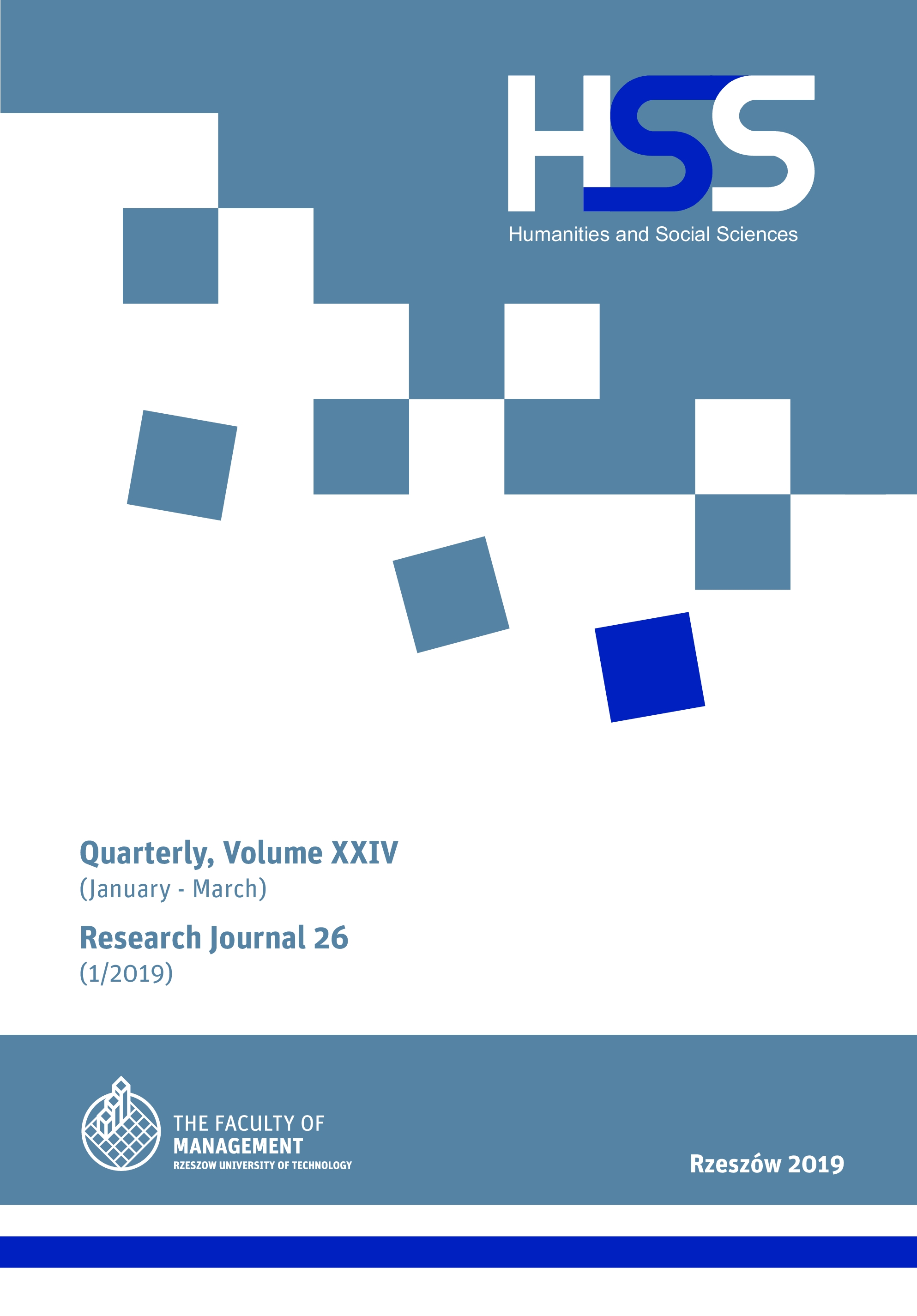Abstract
The article focuses on the problems of oppressive industries in the context of their vulnerability to crisis situations. These critical industries have been subjected to scientific research, which showed that they have more crisis experience, i.e. they more often go through image crises. Thanks to this, managers representing companies operating in this industry are more aware and better prepared for possible image crises. Business entities classified as oppressive industries are normally more susceptible to crisis situations. This type of enterprises need to be aware of this fact and prepared for image-related problems. Classifying industry as oppressive seems to be well-grounded due to such factors as susceptibility of entities operating within the industry to external factors, the complexity of processes performed in the process of production and rendering services, as well as the ultimate consumer’s complicity in those processes. The image crisis involves not only negative implications, but also positive effects - it can be considered as an industry’s immune system which gains strength every time a crisis is properly managed.
References
Bujak, A. (2015). Zarządzanie i funkcjonowanie współczesnego i perspektywicznego łańcucha dostaw. „Studia Ekonomiczne. Zeszyty Naukowe Uniwersytetu Ekonomicznego w Katowicach” nr 249.
Coombs, T.W. (1995). Choosing the right words: The development of guidelines for the selection of the appropriate crisis-response strategies. “Management Communication Quarterly” 8(4).
Kaczmarek-Śliwińska, M. (2015). Public relations w zarządzaniu sytuacjami kryzysowymi organizacji. Sztuka komunikowania się. Warszawa: Difin.
Łaszyn, A. (2011). Komunikacja kryzysowa [w:] Sztuka public relations. Z doświadczeń polskich praktyków. Wyd. 2. Warszawa: Związek Firm Public Relations.
Rydzak, W. (2006). Zarządzanie informacją w sytuacjach kryzysowych [w:] Tworzydło D., Olędzki J., red., Public relations znaczenie społeczne i kierunki rozwoju. PWN, Warszawa: PWN.
Tworzydło, D. (2017). Public relations praktycznie. Rzeszów: Wydawnictwo Newsline.
Tworzydło D., Życzyński N. (2008). Metoda sferyczna i płaszczyznowa obliczania luki wizerunkowej [w:] Tworzydło D., Chmielewski Z., Public relations w czasach mp3 oraz Internetu. Rzeszów: Wyższa Szkoła Informatyki i Zarządzania.
Tworzydło D. (2017). Procedura zarządzania w kryzysie wizerunkowym w mediach – przeciwdziałanie, reagowanie oraz odzyskiwanie utraconych korzyści. „Studia Medioznawcze” nr 3 (70).


